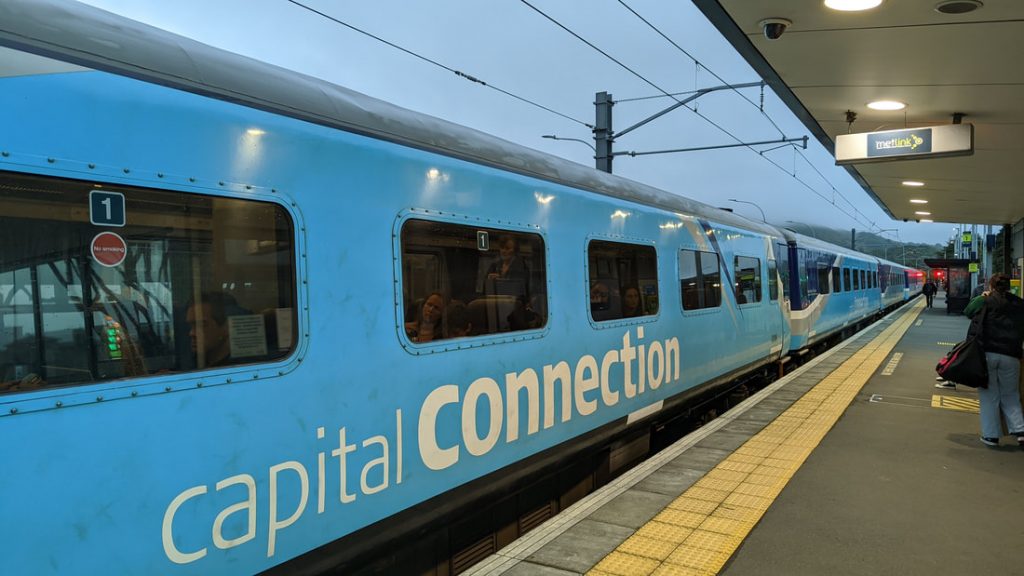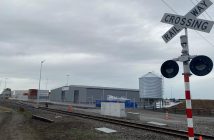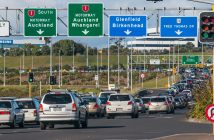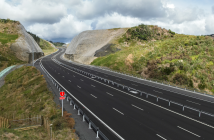While the Capital Connection train route between Palmerston North and Wellington will soon have a new fleet of refurbished rolling stock, there appears to be no firm plans to make best use of them to provide better service than the status quo, writes Darren Davis

The Capital Connection, Aotearoa’s longest-running inter-regional commuter train, running between Palmerston North and Wellington, will experience a Lazarus moment with “new” refurbished rolling stock soon entering service.
The refurbished trains will hopefully mark the end of numerous disruptions inflicted on Capital Connection customers of late, including wheelchair access not being available in the coming week, though opportunities to make best use of the interim rolling stock during the 4-5 year wait for a fleet of new tri-mode trains appear to be missing in action.
The low-cost airline analogy
There’s an analogy here between how New Zealand treats inter-regional rail and how low-cost airlines (and rail operators) work.
Low-cost airlines have a business model that works. It’s all about sweating the most expensive asset they own – their airplanes (or trains). And by sweating every cent out of their customers to maximise revenue.
This model says that when your costs are fixed, it’s better to make $1 from a customer than $0. The low-cost airline model serves to expand the entire market. And this model has the same effect when applied to high-speed rail in Europe with new low-cost entrants and night train operators serving to expand the reach and improve the affordability of high speed rail.
But this thinking doesn’t seem to apply to rail in New Zealand. The Capital Connection is getting re-refurbished rolling stock to continue to operate just one train per direction, five days a week and not at all at weekends, public holidays and for an extended shut down over the Christmas New Year period.
There are 8,760 hours in a year and the current Capital Connection operates in just 960 of those hours. That means that the current Capital Connection train set is sleeping for 89% of the year instead of carrying passengers.
The refurbished interim rolling stock will have two train sets which, if used to just run the current timetable, would be idle for around 94% of the time.
The best way to recover the capital cost of the interim and long-term rolling stock is to sweat the asset by actually using the trains to run actual service for actual customers.
Some simple measures to improve the Capital Connection
There are some simple measures that could sweat the asset and make best use of the sunk cost of this investment (as it will be replaced in four to five years by the long-term rolling stock solution). These include:
- Run a weekday interpeak return trip. Similar to how Te Huia between Hamilton and Auckland operates, a single train set can run two return journeys a day. The Capital Connection is stabled for nearly nine hours at Wellington Station during the day. This is more than enough time for a trip to Palmerston North and back.
- Run the Capital Connection on weekends and public holidays. This includes between Christmas and New Year, when Kiwis are most likely to be travelling. Back in the day, on Christmas Eve in 1938, 16 express trains swept more than 11,000 travellers out of Wellington in a single day. Nowadays, that figure is likely in the very low hundreds and only if Christmas Eve falls on a weekday.
- Integrate the Capital Connection into the national public transport ticketing solution. Currently neither the regional Bee Card nor Wellington’s Snapper is accepted on the Capital Connection. Ticketing is still old school cardboard tickets and passes. This is the twenty-first century, folks. But it is unclear if the Capital Connection is in scope for the national public transport ticketing solution, due to be rolled out in stages between 2024 and 2026.
- Fair fares for the Capital Connection. When full fares return in July 2023, the end to end adult journey from Palmerston North to Wellington will cost $30 or 22 cents per kilometre. By comparison, Te Huia between Hamilton and Auckland is an $18 adult fare (on a Bee Card) or 13 cents per kilometre. On a quarterly pass, it would cost an eye-watering $9,620 over the course of a year to commute from Palmerston North to Wellington.
There is no sound public policy rationale for such a difference in pricing for the only two inter-regional commuter trains in Aotearoa, except for the differing bespoke funding arrangements for both services. Capital Connection is run by KiwiRail with some funding support since 2017 from Waka Kotahi, Horizons and Greater Wellington regional councils. Public funding for Te Huia is as follows:
Waikato Regional Council – via targeted rate: 21.20%
Waikato District Council – via general rate: 3.30%
Waka Kotahi – via National Land Transport Fund: 75.50%.
Over the Remutakas in the Wairarapa…
Meanwhile, over the Remutakas in the Wairarapa, things are a bit better. In fact, the Wairarapa has the only seven day a week regional rail operation in Aotearoa. It runs five services on weekdays – three in each peak direction and two interpeak trips, as well as a Friday evening service and two weekend return services.
But this slightly better level of service is largely due to a quirk of Aotearoa’s regional government geography. Even though the Wairarapa is a seen by many as a region in its own right, it is in fact part of the Wellington region. Which means that many of the barriers that apply to interregional public transport in Aotearoa do not apply to the Wairarapa, as travel to and from Wellington is intra-regional, not inter-regional (there are numerous remaining barriers to inter-regional public transport in New Zealand).
Historically, the Wairarapa Line has been constrained by poor track quality, very long sections of single track and the absence of colour light signals between Masterton and Featherston. But there is a significant, if excruciatingly long-lasting, programme of infrastructure upgrades underway on the Wairarapa Line, eventually due to wrap up in late 2025. The work includes track renewals, remedial works on three bridges, new crossing loops at Maymorn and Carterton to enable trains to pass each other, a second platform at Featherston Station, more half-arm barriers at level crossings, and a new signalling system between Featherston and Masterton. It comes after decades of degradation and underinvestment in the tracks, which have temporary train speed restrictions due to their poor condition.
However, there doesn’t appear to be any concrete plans to make use of the upgraded Wairarapa Line when it is eventually complete in late 2025. The Wairarapa Connection service has three train sets, only one of which is in use outside of peak periods. The already completed Trentham to Upper Hutt double-tracking, along with the future ability of trains to pass each other at Maymorn, Featherston and Carterton, will enable more frequent trains. This would make better use of already existing rolling stock and stations to operate more interpeak, weekend and public holiday services.
The infrastructure and services disconnect
The lack of plans to make better use of the refurbished Capital Connection rolling stock and the Wairarapa Line upgrade comes back to New Zealand’s penchant, when it comes to public transport, for there to be a disconnect between infrastructure and the services that operate on it. In a normal country, it might be considered prudent to consider public transport services and infrastructure together. But it seems that a roading mindset prevails here. In the roading world, the users provide the vehicles that use the infrastructure. With public transport, all elements of infrastructure, vehicles and services are needed to make public transport function.
To return to the low-cost airline model, the best way to maximise investment in infrastructure is to sweat the asset by making the most use of it. The sunk cost of infrastructure is only recovered through that infrastructure being used. The other lesson of the low-cost airline model is that price is a powerful tool to generate patronage from people for whom price is a barrier to use. For all of Jetstar’s sins of quality compact on-board accommodation for its customers, it has grown the domestic air travel market. And there are similar opportunities in the rail space to do the same. One price doesn’t fit all.
So it would be really good to see the two train sets for the Capital Connection interim rolling stock and the three train sets for the Wairarapa Connection put to better use than spending most of their lives sleeping in stabling yards in Palmerston North and Masterton or napping during the day in Wellington.
And it would be really great if we could plan public transport in New Zealand as a network and a system made up of services and the infrastructure that supports those services, instead of in glorious isolation as appears to be largely the case at present.








